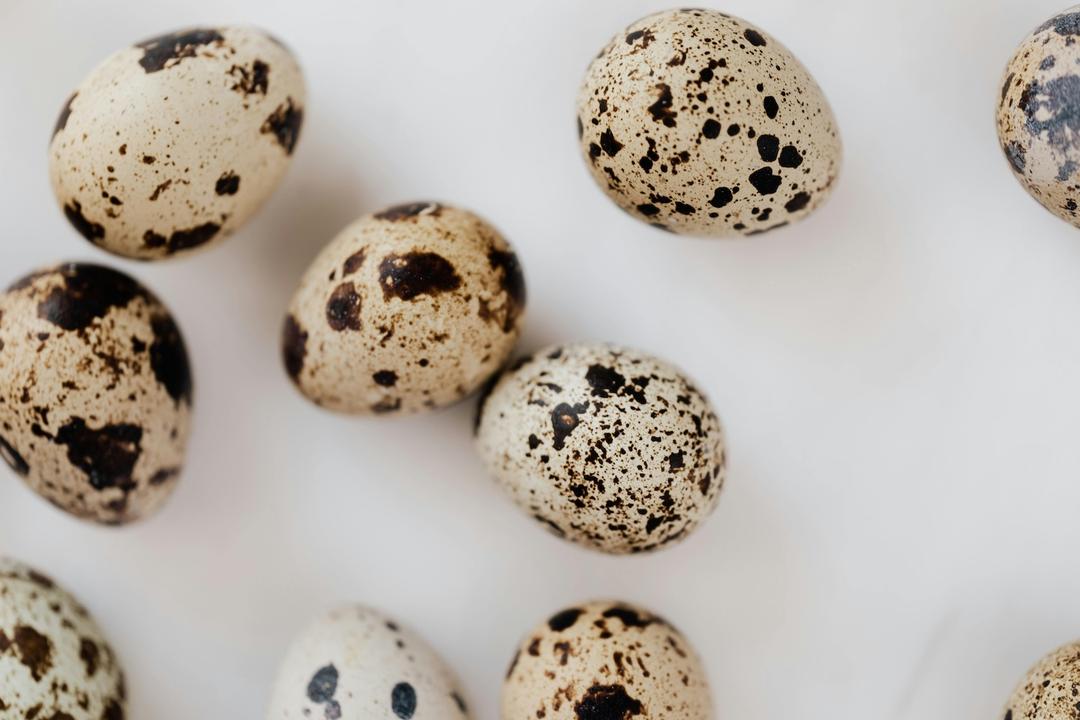Long before large-scale farming, Indigenous communities across Texas cultivated crops perfectly adapted to the state’s extremes — maize, beans, amaranth, squash, and sunflowers among them.
These plants evolved in thin soils and unpredictable rainfall, developing resilience that modern hybrids often can’t match.
Today, a new generation of small-scale and regenerative farmers is re-embracing those roots. Across Central and South Texas, growers are saving seed, trading open-pollinated varieties, and reintroducing crops that thrive without heavy irrigation or synthetic inputs.
According to the Texas Native Seeds Program at the Caesar Kleberg Wildlife Research Institute, locally sourced seeds strengthen long-term land health and biodiversity. Their statewide collaborations with ranchers, universities, and seed producers are restoring both ecological and agricultural resilience across millions of Texas acres.
👉 Learn more about Texas Native Seeds
🌾 Why Seed Diversity Matters
Native and heirloom crops hold more than genetics — they hold stories, flavors, and a living record of adaptation.
- Resilience: Plants adapted to Texas’ droughts and heat can endure conditions that challenge modern hybrids.
- Flavor: Heritage corn, peppers, and beans often deliver richer, more complex tastes shaped by generations of selection.
- Culture: Seeds connect communities to Indigenous, Hispanic, and early settler foodways that still shape Texas cuisine.
- Biodiversity: Genetic variety acts as insurance, protecting our food system from future pests, droughts, and market shocks.
Researchers at Texas A&M AgriLife Extension note that native vegetation supports pollinators, improves soil structure, and reduces erosion — ecosystem benefits mirrored in sustainable farming systems that emphasize diversity.
🔗 Texas Native Plants and Traditional Crops – AgriLife Extension
🌻 Modern Preservation Efforts
Across the state, a patchwork of initiatives is keeping heritage seeds in active rotation:
- Community gardens and seed libraries in Austin, San Antonio, and the Hill Country encourage gardeners to share regionally adapted seeds. The Sustainable Food Center helps new growers learn propagation and seed-saving basics.
- University research plots at Texas A&M, Texas Tech, and Tarleton State test native grains and legumes under reduced-water conditions, identifying varieties suited to Texas’ changing climate.
- Urban and regenerative farms are experimenting with heritage crops — from open-pollinated corn in the Hill Country to tepary beans in West Texas — broadening what appears at local markets.
- Regional partners such as Native Seeds/SEARCH and the Texas Seed Library distribute climate-resilient seed collections, ensuring that rare or culturally significant varieties stay in the soil instead of museum archives.
One of the best examples of a native Texas crop that’s been carefully stewarded for generations is the pecan — our official state tree and a symbol of local resilience. Discover the story of the pecan, from wild tree to Texas state nut →
🌞 Looking Toward the Next Generation
As Texas grows hotter and drier, the crops that once fed Indigenous and early farming communities may again prove essential. Each saved seed carries both adaptation and memory — lessons written in sunlight, soil, and time.
For Texas farmers, this isn’t just preservation. It’s preparation — cultivating plants that can nourish future generations while honoring the landscapes that shaped them.
💡 Also Read
- Regenerative Agriculture: Healing Texas Soil One Field at a Time
- Root Crops That Thrive in Texas
- What Are Heirloom Crops and Why They Matter
- Texas Pecans: The Deep Roots of a Native Crop
🧠 FAQ: Preserving Native Crops
Q: Are native crops the same as heirlooms?
Not quite. Native crops originate within Texas ecosystems or Indigenous agriculture, while heirlooms are older, often immigrant-era varieties preserved through generations of seed saving.
Q: Can home gardeners grow native crops?
Yes. Many heritage beans, maize, and okra varieties thrive in Texas gardens with minimal watering. Look for open-pollinated seeds from local exchanges or regionally focused farms.
Q: Why is this important for the future?
Diverse, locally adapted crops create a more climate-resilient food system — conserving water, supporting pollinators, and preserving the taste and story of Texas agriculture.
📚 References
- Texas A&M AgriLife Extension (2024). Texas Native Plants and Traditional Crops.
- Caesar Kleberg Wildlife Research Institute (2024). Texas Native Seeds Program (TNS).
- KERA News (2021). Texas Farmers Restore Native Grasslands as Groundwater Disappears.
- Sustainable Food Center (2023). Transforming the Food System.
- Native Seeds/SEARCH (2024). Seed Diversity in the American Southwest.
🔗 Stay Connected
Want to meet Texas farmers who grow with purpose?





